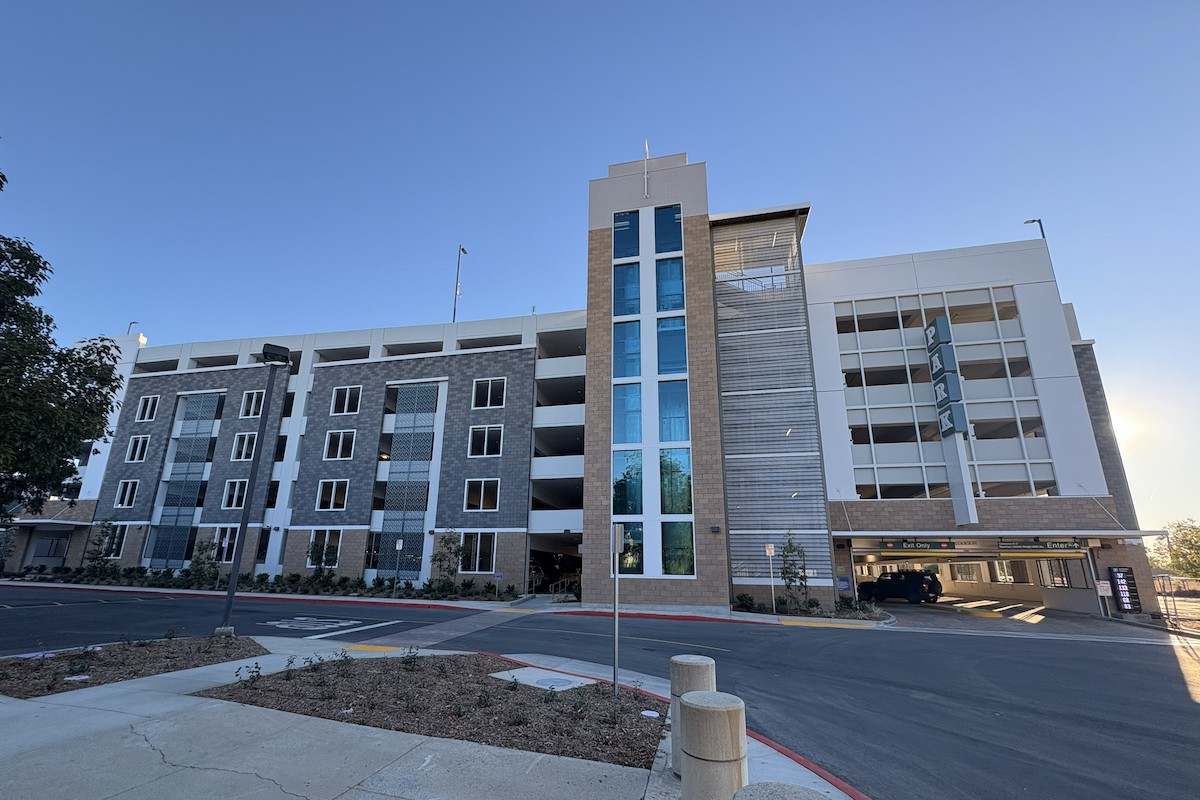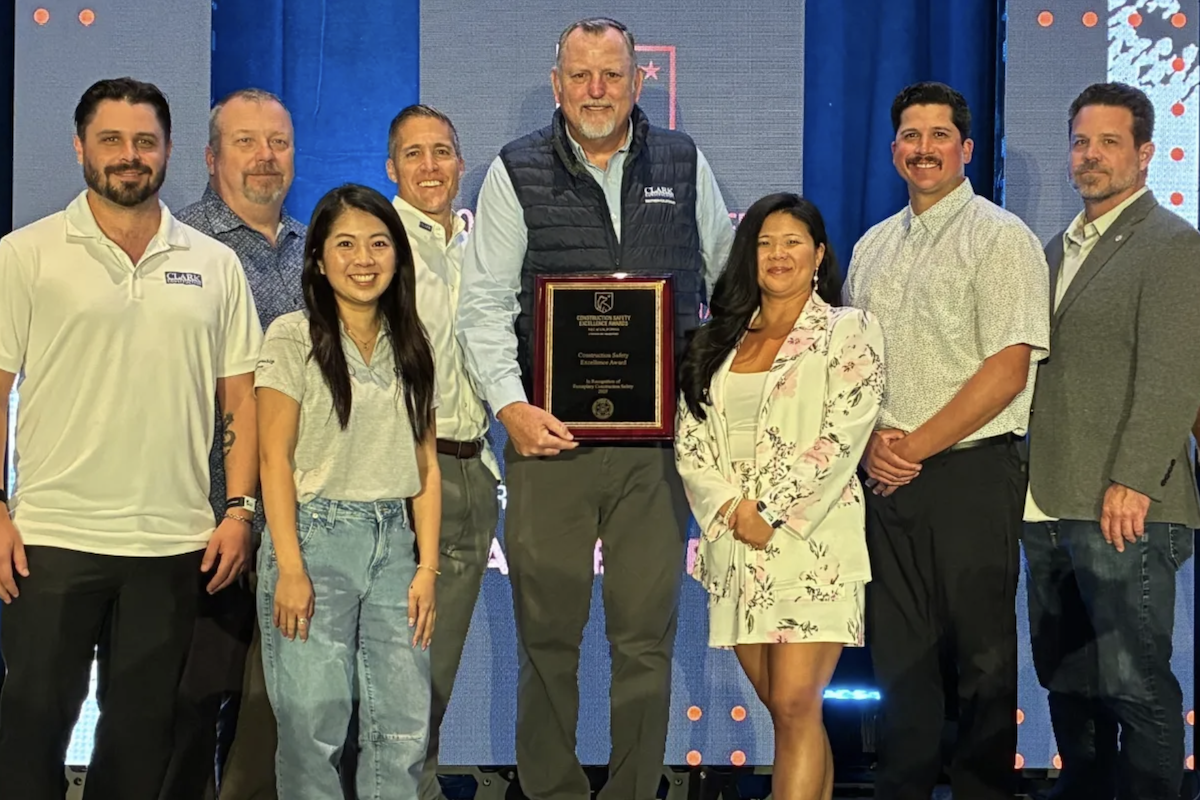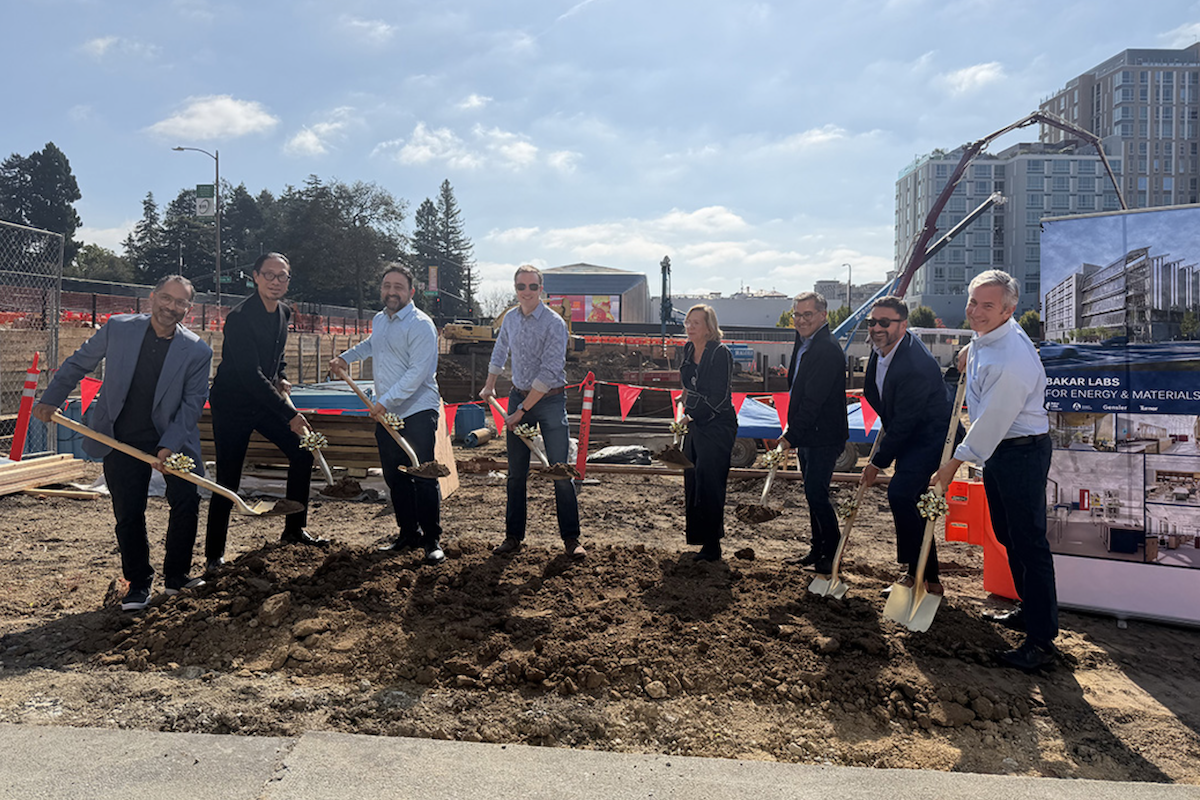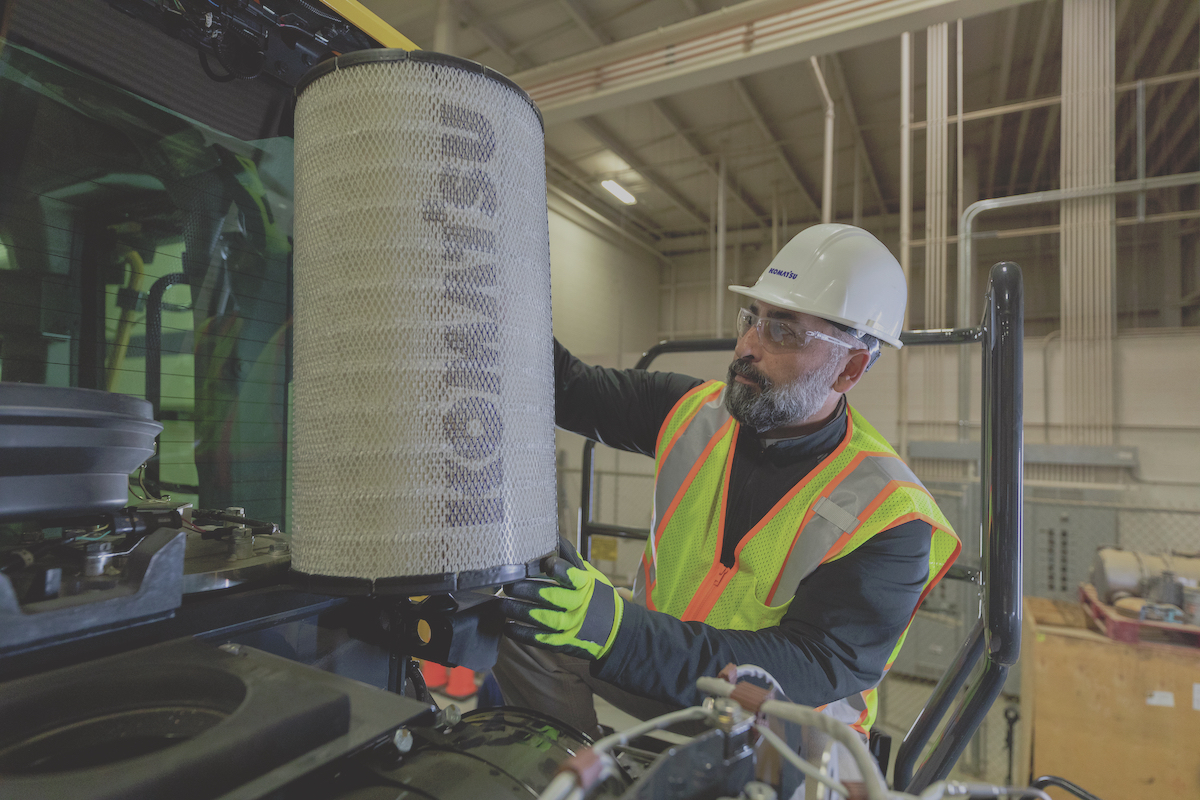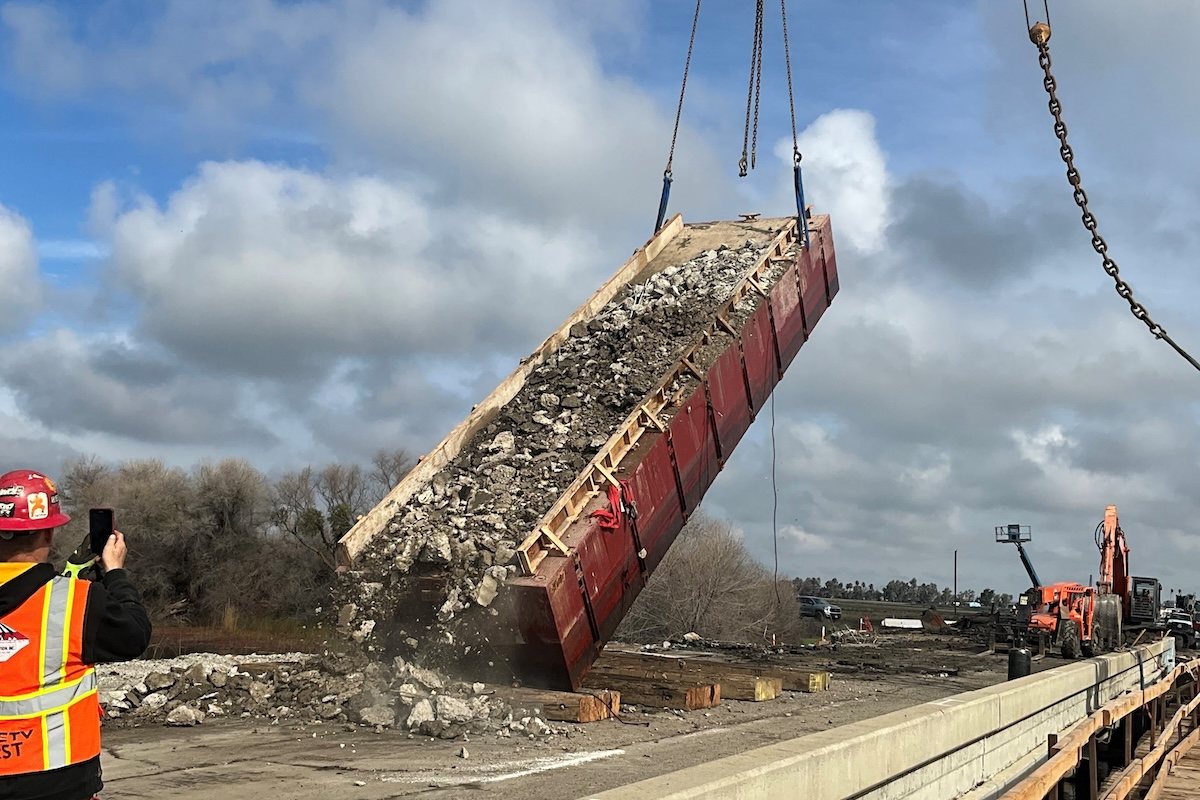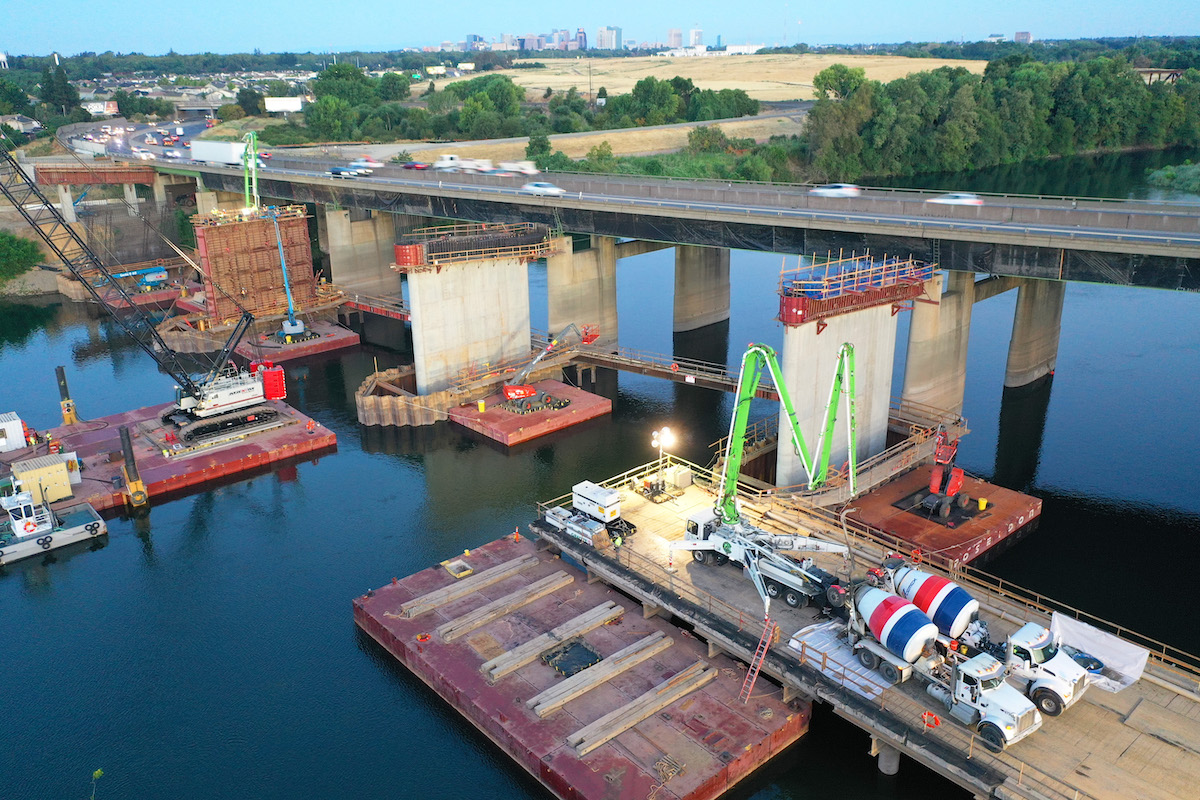Requirements for documenting hours worked, overtime, breaks, and other data for employees in California are among the strictest in the United States, but full-featured performance tracking applications make it easier for contractors to meet those requirements, and the same software provides additional benefits for keeping jobs on schedule and budget.
Whether you love them or you don’t, California Compliance regulations are designed to mitigate risk for employers and employees through detailed timekeeping records for non-exempt employees. These labor tracking rules promote responsible and safe working conditions and help keep California’s economy strong.
California contractors face tremendous pressure today to manage labor, as well as materials, equipment, and production to successfully complete projects and remain competitive in a growing construction environment. California is investing $180 billion in infrastructure over the next 10 years, according to Building California’s Future. Managing this level of growth, while also following California Compliance requirements, can seem daunting.
Fortunately, contractors can leverage performance tracking software to efficiently and accurately track hours worked, mandatory paid and unpaid breaks, start and stop times, and other data at the high level of detail required in California.
Contractors need to know where they stand tracking labor, as well as paid and unpaid time off. Field performance tracking software tracks labor in the manner needed for California Compliance and includes the added benefits of timely reporting on progress and costs versus plan. This data, available daily or even in real time, allows contractors to adjust operations accordingly for project success. Consider the following advantages of labor and field performance tracking software:

| Your local Gomaco dealer |
|---|
| Terry Equipment |
- Electronic field logs eliminate the redundant, inefficient, and error-prone work of gathering time cards, material, and equipment utilization and production data with paper and spreadsheets.
- The software creates a workflow for employees to login, review, and electronically validate their specific start/stop times for each work shift, including paid and unpaid break times.
- Automatic time stamping is available for shift and break sign-ins and sign-outs.
- The software validates the physical location of employees when they sign in to assure employees are at their assigned job sites.
- Employers utilize the technology to mitigate risk and maintain employee integrity, thanks to software customization features. For example, employers can create validation questions for employees, such as, “Did you attend today’s safety meeting?” “Did you take two breaks today?” “Were you injured on the job today?”
- Tracking software can automatically generate real-time performance summaries based on data from electronic field logs, so project stakeholders can compare actual versus estimated performance, users can drill down for more detail, and leaders can make better, faster business decisions.
- Flexibility in how data is reported back to the field, and reporting in a simplified field-centric format make reports easier for field personnel to understand, as compared to complex accounting reports with more detail than they need.
- Payroll hours and productivity data can be transferred directly to accounting/ERP systems.
Labor tracking and field performance software offers a multitude of efficiencies, and it’s important to choose the best technology solution for your particular needs. To avoid the frustration and cost associated with making the wrong choice, here are best practices to follow as you implement specialty software solutions for your construction business.
Take the time to assess your company’s requirements. Consider factors such as ability to follow California Compliance regulations, transaction volume, customization, and integration needs.

| Your local Trimble Construction Division dealer |
|---|
| SITECH Southwest |
| SITECH West |
Ensure the technology integrates with your existing systems to avoid data discrepancies and inefficiencies, and that it aligns with your data security requirements.
Evaluate the solution’s interface from the perspective of both users and administrators in your company. Look for features like customizable dashboards, automated workflows, and comprehensive reporting tools.

| Your local Gomaco dealer |
|---|
| Terry Equipment |
While cost is important, focus on the overall return on investment rather than just upfront expenses. Evaluate the total cost of ownership, including any implementation costs, subscription fees, maintenance, and potential savings from increased efficiency, risk mitigation, and error reduction.
Research the vendor’s experience in the industry, factoring in case studies, testimonials, and reviews from reputable third-party sites. A reliable vendor with a proven track record, particularly for current California Compliance, is more likely to deliver a seamless experience and long-term satisfaction.

| Your local Gomaco dealer |
|---|
| Terry Equipment |
Making the time for proper training is key for a successful implementation for employers and employees. Ask any construction technology software provider about their biggest implementation challenge and you’re likely to hear, “Customers purchase software, but don’t have the time needed to learn how to leverage it.” This can result in a frustrated contractor that isn’t using the technology to its full capacity, or to an extended implementation period.
Software implementation best practices include a combination of online and in-person learning that is well organized and planned. Contractors should allow some scheduling flexibility for field managers to view instructional videos at a convenient time, and in advance of in-person or online training, so they have a head start and the training can focus on specific concepts that may be challenging. If the field managers understand the software and workflow, they can efficiently train field workers to use it.
In addition to helping maintain a competitive and fair bidding process for contractors, the California Compliance regulations safeguard employers from meritless claims and allow businesses to attract skilled workers who perform quality work. Now, it’s time to get out there and find the ideal performance tracking software solution for your business.
John Sheedy is a Senior Product Manager at Trimble. He has a leadership role in the development of the company’s specialized B2W Track application for performance tracking and reporting and its integration within Trimble Construction One solutions. Sheedy has more than 25 years of experience in delivering hardware and software technology solutions.














